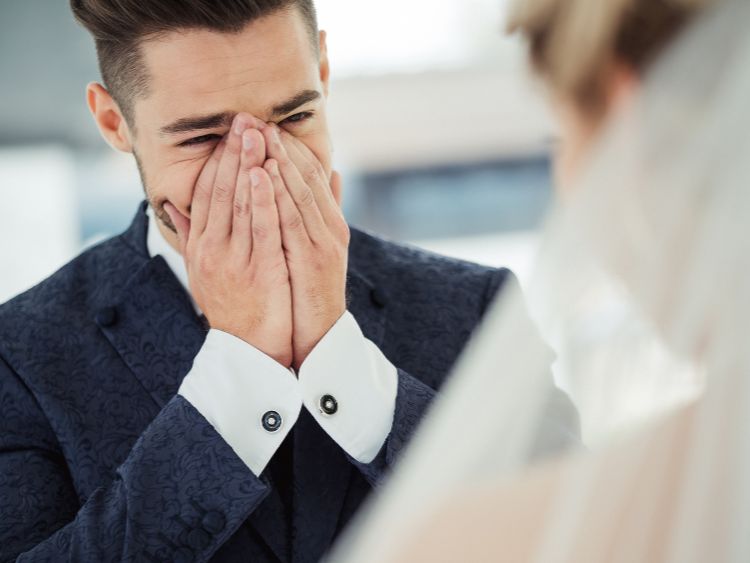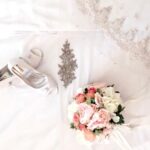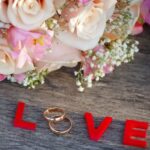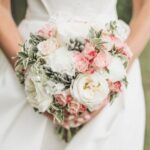Men’s Formal Attire: A Comprehensive Guide to Looking Sharp
When it comes to making a lasting impression, few things speak louder than a well-tailored suit. Men’s formal attire has evolved over the centuries, yet it remains a cornerstone of classic style. Whether you’re dressing for a black-tie event, a business meeting, or a special occasion, understanding the nuances of formal wear can elevate your appearance and boost your confidence. But what exactly constitutes men’s formal attire? And how can you ensure you’re always dressed to impress?
In this article, we’ll delve into the essentials of men’s formal attire, covering everything from the different types of suits to the importance of accessories. You’ll learn how to choose the right fit, select appropriate fabrics, and coordinate colors like a pro. Plus, we’ll tackle some frequently asked questions to clear up any confusion. By the end, you’ll have all the knowledge you need to step out in style, no matter the occasion.
What Constitutes Men’s Formal Attire?
Men’s formal attire typically refers to a style of dress that is suitable for formal events and occasions. This usually includes a suit, a dress shirt, a tie, and dress shoes. However, the definition can vary depending on the formality of the event. For instance, a black-tie event would require a tuxedo, while a business meeting might call for a more subdued, yet still polished, look.
Types of Men’s Formal Attire
Formal attire isn’t a one-size-fits-all concept. Depending on the occasion, different types of formal wear are appropriate. Here’s a breakdown of the most common types:
- The Classic Suit: The classic suit is the most versatile piece in a man’s wardrobe. It consists of a matching jacket and trousers, usually made from wool, cotton, or a blend of both. Colors like navy, charcoal, and black are staples, as they can be worn to a variety of events.
- The Tuxedo: For black-tie events, the tuxedo is the go-to choice. Distinguished by its satin or grosgrain lapels, tuxedo trousers typically feature a satin stripe down the side. Pair it with a crisp white dress shirt, a black bow tie, and patent leather shoes for a timeless look.
- The Morning Suit: Traditionally worn at daytime formal events, the morning suit consists of a tailcoat, waistcoat, and striped trousers. It’s often seen at weddings and horse racing events like the Royal Ascot.
- The Dinner Jacket: A slightly less formal alternative to the tuxedo, the dinner jacket is perfect for cocktail parties and semi-formal events. It can be worn with black trousers, a dress shirt, and a bow tie, or a regular tie for a more relaxed look.
- The Blazer and Trousers Combo: For events that aren’t strictly formal but still require a polished appearance, a blazer and trousers combination is a great option. Choose a blazer in a neutral color and pair it with well-fitted trousers and a dress shirt.
The Importance of Fit in Men’s Formal Attire
One of the most critical aspects of men’s formal attire is the fit. A suit that fits poorly can ruin even the most expensive outfit, while a well-tailored suit can make an affordable one look like a million bucks. Here’s what to consider:
- Shoulders: The suit jacket should fit snugly at the shoulders without being too tight. The seams should sit right at the edge of your shoulders.
- Jacket Length: The jacket should cover your buttocks and end at the midpoint of your thumb when your arms are by your sides.
- Sleeve Length: The sleeves should end just above the wrist bone, allowing about half an inch of your shirt cuff to show.
- Trousers: The trousers should sit comfortably at your waist, without needing a belt to hold them up. The hem should have a slight break at the shoe, not too long or too short.
Choosing the Right Fabric
The fabric of your suit plays a significant role in its overall appearance and comfort. Here are some common options:
- Wool: A popular choice for its durability and versatility, wool is suitable for year-round wear. It’s also available in various weights and weaves, making it ideal for different climates.
- Cotton: Cotton suits are breathable and lightweight, making them perfect for warmer weather. However, they tend to wrinkle more easily than wool.
- Linen: Linen is another excellent choice for hot climates. It’s incredibly light and breathable, but like cotton, it wrinkles easily, giving it a more casual, relaxed look.
- Silk: For a luxurious touch, consider a silk suit. However, silk is less durable and harder to maintain than other fabrics, so it’s best reserved for special occasions.
- Velvet: Velvet suits are bold and make a statement, often seen in dinner jackets or tuxedos. They’re perfect for evening events where you want to stand out.
Coordinating Colors and Patterns
When it comes to men’s formal attire, color coordination is key. The most traditional suit colors are black, navy, and grey, as they’re versatile and can be dressed up or down. Here are some tips for matching colors and patterns:
- Monochrome Looks: Sticking to one color, such as a navy suit with a navy tie, creates a sleek, streamlined appearance.
- Contrasting Colors: Pairing contrasting colors, like a dark suit with a light shirt, adds visual interest. Just be sure the colors complement each other.
- Patterns: If you’re feeling adventurous, incorporate patterns like pinstripes, checks, or houndstooth. Keep the rest of the outfit simple to avoid clashing.
- Accessories: Don’t forget to coordinate your accessories—ties, pocket squares, and socks should complement the overall look without overpowering it.
The Role of Accessories in Men’s Formal Attire
Accessories are the finishing touches that bring your outfit together. Here are some must-have accessories for men’s formal attire:
- Ties and Bow Ties: The choice between a tie and a bow tie depends on the formality of the event. Bow ties are traditionally worn with tuxedos, while ties are more versatile and can be worn with any suit.
- Pocket Squares: A pocket square adds a dash of personality to your outfit. It doesn’t have to match your tie exactly, but it should complement the overall color scheme.
- Cufflinks: Cufflinks are essential for French cuff shirts, often worn with tuxedos or at very formal events. They come in various styles, from classic to quirky, allowing you to express your personality.
- Belts and Suspenders: Choose between a belt or suspenders, never both. Belts should match your shoes, while suspenders offer a vintage, polished look.
- Watches: A classic timepiece can elevate your look. For formal occasions, opt for a simple, elegant watch with a leather or metal band.
- Shoes: The right pair of shoes can make or break your outfit. Black Oxfords are the most formal, followed by Derbies and loafers. Make sure your shoes are polished and in good condition.
FAQs About Men’s Formal Attire
Q: What’s the difference between a suit and a tuxedo?
A: The main difference lies in the details. A tuxedo features satin or grosgrain on the lapels, buttons, and often down the side of the trousers, whereas a suit does not. Tuxedos are typically worn at black-tie events, while suits are more versatile.
Q: How do I choose the right tie for my suit?
A: The tie should complement your suit and shirt. For a classic look, opt for a tie that is darker than your shirt and has a simple pattern. The width of the tie should match the width of your lapels for a balanced appearance.
Q: Can I wear brown shoes with a black suit?
A: It’s generally recommended to avoid pairing brown shoes with a black suit. Black shoes are a safer, more traditional choice that maintains the formal aesthetic.
Q: What shirt colors work best with a navy suit?
A: A white or light blue shirt pairs perfectly with a navy suit. For a more daring look, try a pink or lavender shirt.
Q: How do I know if my suit fits properly?
A: A properly fitting suit should feel comfortable without being too tight. The jacket should lie flat across your chest, and you should be able to button it without strain. The trousers should sit at your waist and allow for easy movement.
Conclusion
Men’s formal attire is more than just clothing—it’s a statement of style, confidence, and respect for the occasion. By understanding the fundamentals of fit, fabric, and color coordination, you can ensure that you’re always dressed appropriately, whether you’re attending a wedding, a business meeting, or a black-tie event.
Don’t underestimate the power of accessories, as they can transform a simple suit into something truly extraordinary. Remember, the key to mastering men’s formal attire is attention to detail. With the right knowledge and a bit of practice, you’ll be able to put together outfits that not only look good but make you feel good too.
Authoritative Links:
This article should serve as your go-to guide whenever you’re faced with the challenge of dressing formally. With these tips in hand, you’ll be ready to navigate any formal event with ease and style.





